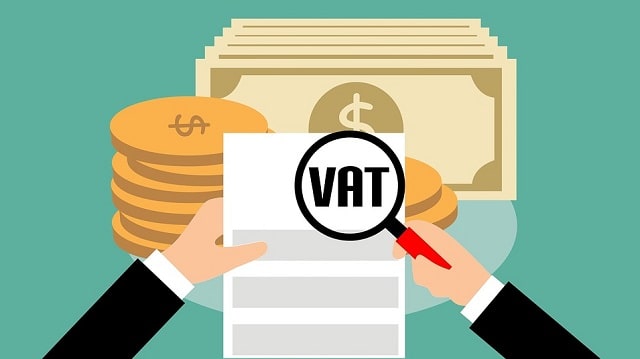
If you've ever analyzed one of the receipts in a supply chain management process, then you may have been curious to know the term "VAT" and a corresponding charge associated with it.
If this has piqued your interest, then you're in the right place. In this article, we'll explain the answer to the question of what is VAT and how it affects your company.
What is VAT?
VAT stands for value added tax. So what is value added tax?
The concept is simple. As a particular good goes through various components of the supply chain, its value increases. For instance, a coat hanger may start its life as a piece of plastic. Over time, as it is shaped into a usable product, it gains value.
At each stage in the supply chain of the coat hanger, however, the hanger may be passed on at varying costs. A value added tax is a tax that is applied only to the added value of the hanger.
If it started life at a cost of $0.10, then it would be taxed for $0.10. If it ends up getting sold for $1.00, then the value added tax would be tax applied to $0.90 (which is simply $1.00 minus $0.10).
How Does VAT Affect Your Company?
So how does the value added tax affect your company?
The most significant way that it does so is by increasing the cost of the products that you buy at every stage in the supply chain. However, because the tax is only applicable on value additions and not on the entire value of the product, you don't pay nearly as much as you would on a simple sales tax or a progressive income tax.
This in turn translates into a much more inexpensive manufacturing process for you than would otherwise exist. Proponents of the value added tax say that it is a much fairer, equitable system of taxation that doesn't punish increased production.
The value added tax is a bit complicated to put into practice. For instance, a company that sells a product for $10 after purchasing it for $5 has to ensure that it does not render its entire sales tax to the government. Instead, it should only render the tax on the additional $5 of value.
This increases the complexity of accounting systems. However, it works out in your favor when you consider the alternative, which would be losing out on the tax money for the first $5 of value. Use a reverse VAT calculator to see how much your business will pay on its products.
Stay on the Right Side of Tax Laws
There you have it. Now that you know the answer to the question of "what is VAT and how does value added tax work?", your business should be far better equipped to stay on the right side of tax laws. Few setbacks can kill a company's momentum as much as getting on the wrong side of the Internal Revenue Service.
Prevent that unfortunate situation by getting your value added tax system right! Make sure you discuss VAT with an accounting professional like a CPA.
For more business advice, be sure to check out the rest of the website! Visit the Frugal Finances section to learn more about taxes and accounting worldwide.
